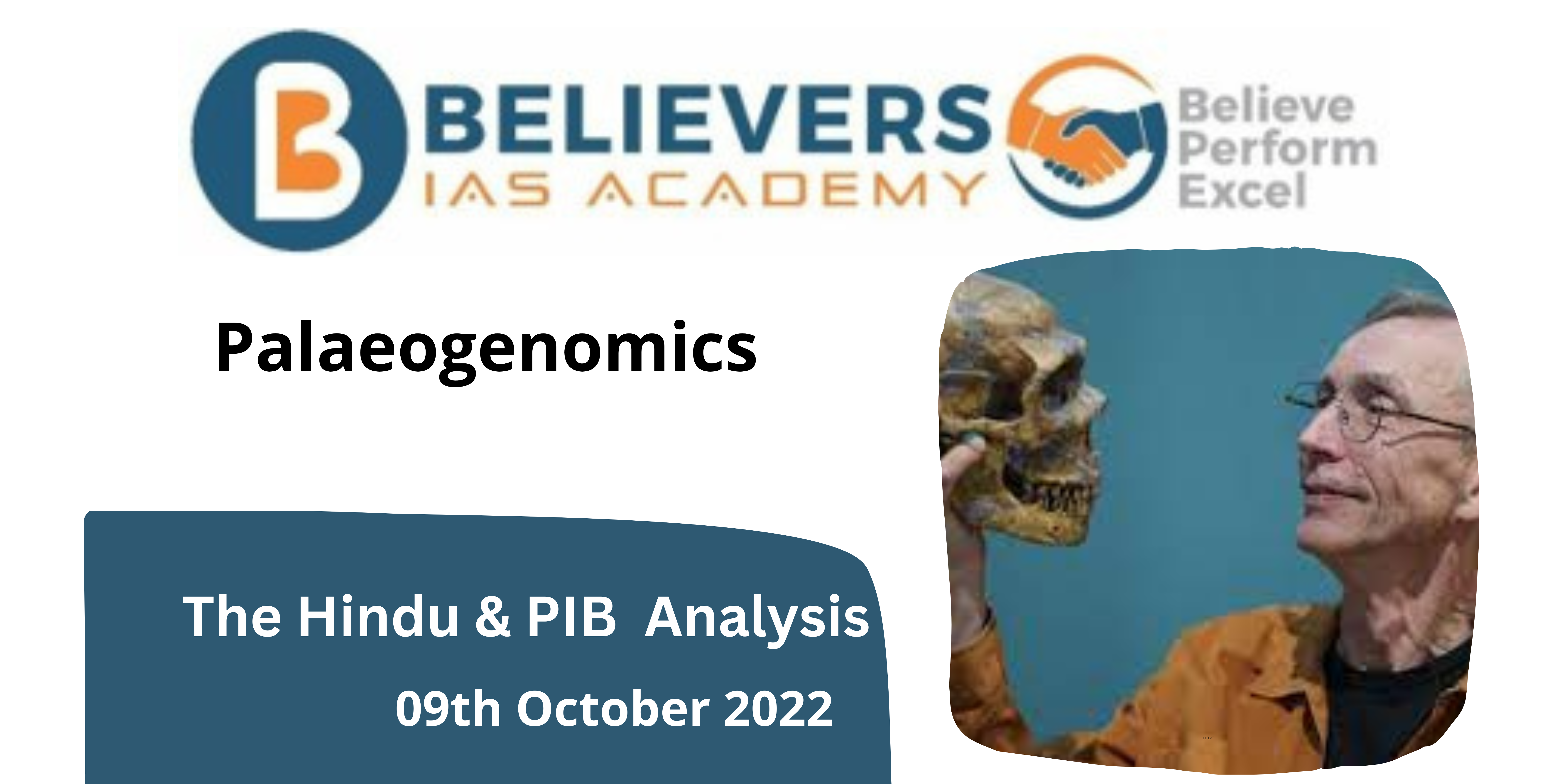Palaeogenomics
Context:
- The Nobel Prize for Physiology this year has been awarded to Svante Pääbo, Swedish geneticist, who pioneered the field of palaeogenomics, or the study of ancient hominins by extracting their DNA.
Importance of the work:
- In the past, studying ancient humans has mostly involved examining their skeletons and the items they used to live, such as tools, utensils, weapons, and houses.
- Pääbo was the first to use DNA, the genetic code found in all living things, to investigate the relationships between numerous ancient human species.
- He established that Neanderthals, a relative of the human species that appeared 100,000 years earlier, interbred with humans and that between 1-4% of their genes are still present in people with European and Asian ancestry.
- Later, it was determined by Pääbo’s team that a 40,000-year-old finger bone from a Siberian cave belonged to a new species of human known as Denisova.
Challenges to Extract DNA from Fossils:
- The difficulty with recovering DNA from fossils is that there isn’t much viable material and the DNA degrades quite quickly.
- Given that such bones may have been handled by multiple people, the likelihood that human and other bacterial DNA will have been introduced increases.
- One of the biggest obstacles to analysing DNA from fossils has been this.
- In his early career, Pääbo made the controversial and career-boosting decision to harvest DNA from a 2,500-year-old Egyptian mummy.
- However, much later in life, he said that the mummy-DNA was probably polluted.
Source The Hindu




